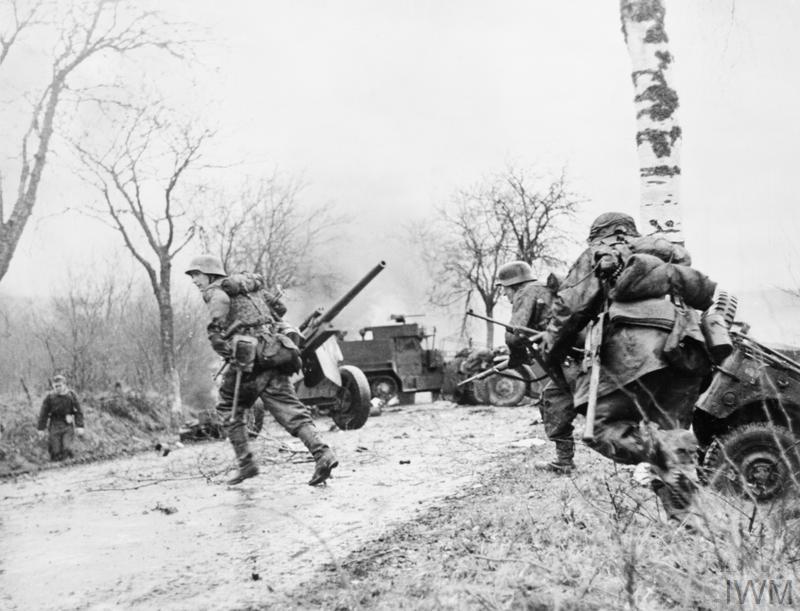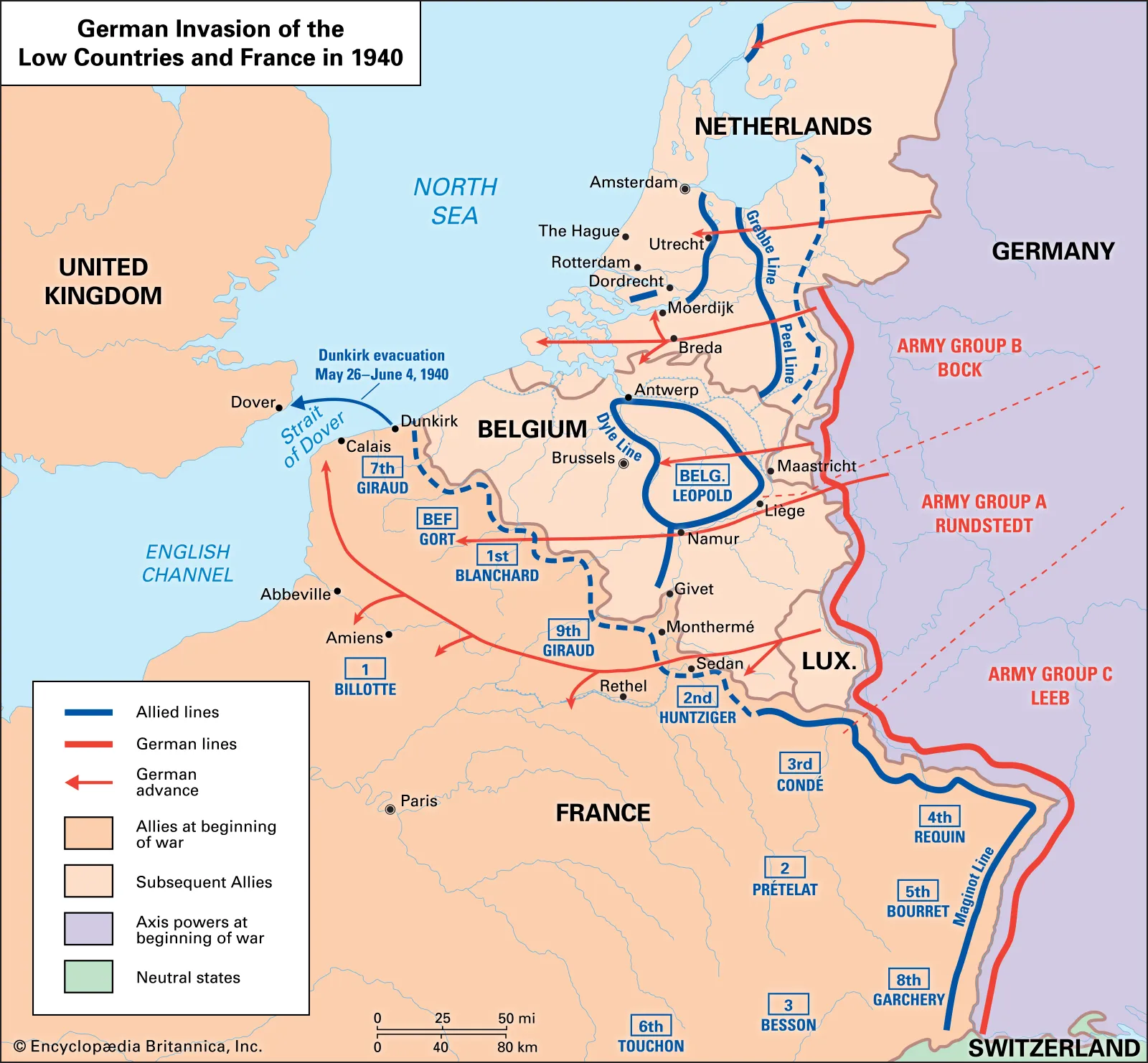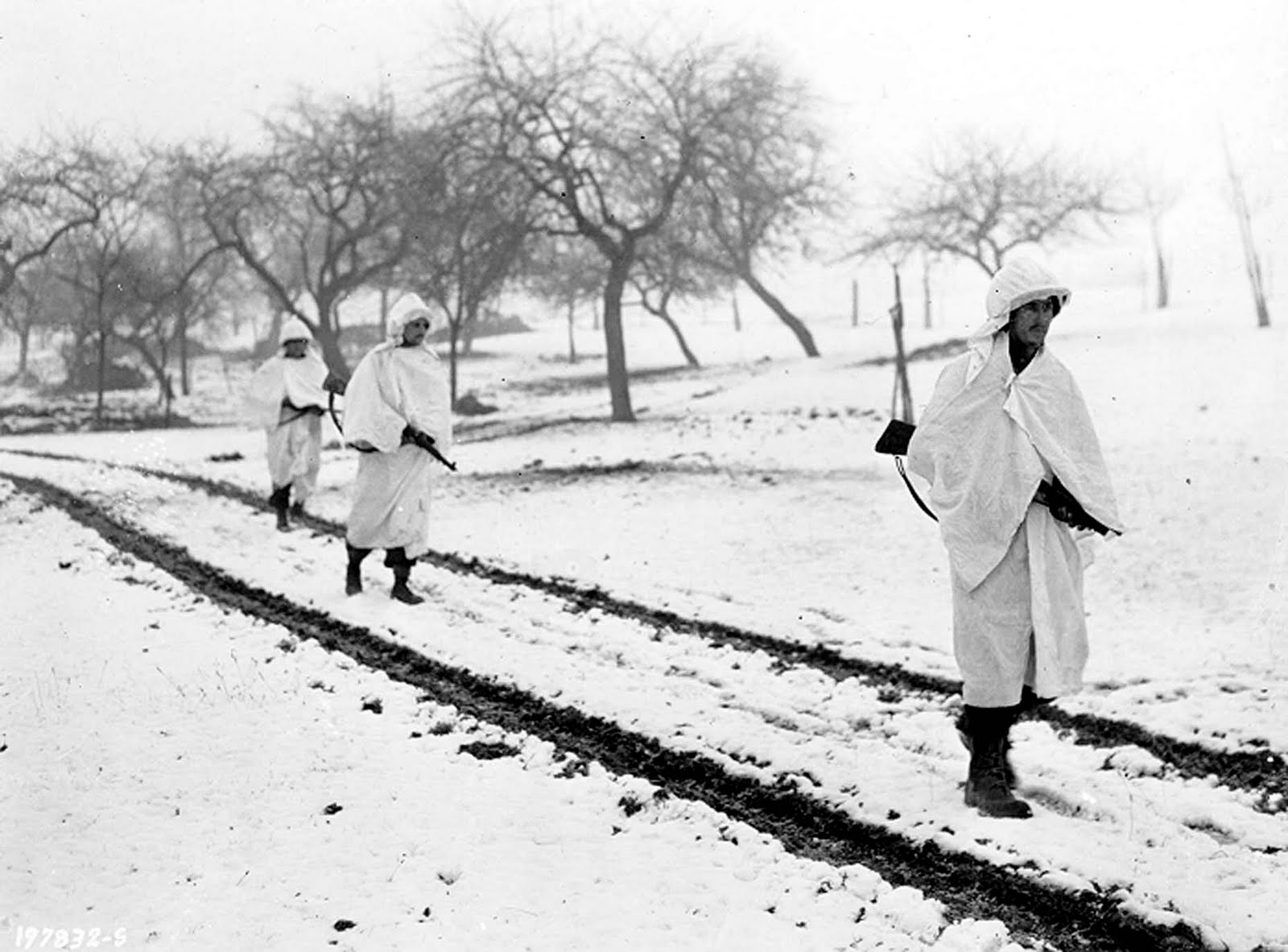Visiting the Battle of the Bulge: A Complete Tourist Guide
Introduction
The Battle of the Bulge (December 1944 – January 1945) was the largest and bloodiest battle fought by the U.S. Army in Europe during World War II. Today, the battlefields, museums, and memorials of the Ardennes in Belgium and Luxembourg offer visitors the chance to connect with history in a powerful, tangible way.
Whether you’re a student of military history, a traveler seeking cultural enrichment, or a family member honoring a loved one’s service, visiting these sites provides a journey through stories of hardship, courage, and resilience. This guide highlights the key places, itineraries, and travel tips you’ll need to plan an unforgettable trip.
Planning Your Visit
When to Go
- December is the most symbolic month, coinciding with the start of the battle and annual commemorative events.
- Spring through Autumn offers better weather for hiking trails, battlefield walks, and museum access.
Base Towns
- Bastogne, Belgium: central hub of the Bulge story, with multiple museums and memorials.
- La Roche-en-Ardenne: ideal for exploring northern sites.
- Diekirch, Luxembourg: great for the Luxembourg sector and river crossing exhibits.
Getting Around
- Renting a car is highly recommended for maximum flexibility, as many battle sites are in rural areas.
- Guided battlefield tours are available, often starting in Brussels or Luxembourg.
Key Museums and Memorials
Bastogne War Museum & Mardasson Memorial (Belgium)
A state-of-the-art multimedia museum bringing the battle to life through immersive exhibits. The adjacent Mardasson Memorial honors the 76,890 American casualties of the battle.
December 44 Museum, La Gleize (Belgium)
Located in the village where Kampfgruppe Peiper’s advance ended, this museum features one of the world’s only surviving Tiger II tanks left in its original position.
Battle of the Ardennes Museum, La Roche-en-Ardenne (Belgium)
Three floors of uniforms, weapons, and dioramas, with special attention to the often-overlooked British role in the battle.
National Museum of Military History, Diekirch (Luxembourg)
A highlight is its life-size diorama of an American river crossing — one of the most striking Bulge exhibits in Europe.
Museum der Ardennenschlacht, Clervaux (Luxembourg)
Housed in Clervaux Castle, this museum focuses exclusively on the Ardennes Offensive, with collections of weapons, uniforms, and civilian stories.
Bulge Relics Museum, Joubieval (Belgium)
A smaller, collector-run museum with a vast array of personal relics, uniforms, and weaponry. It is open weekends in summer and December, or by appointment.
Bastogne Barracks & Mechanized Warfare Gallery (Belgium)
The site of General McAuliffe’s famous “Nuts!” reply now houses vehicle displays and a growing collection of armored warfare exhibits.
War Cemeteries & Memorials
- Luxembourg American Cemetery (Hamm) – resting place of General Patton and over 5,000 U.S. servicemen.
- Sandweiler German War Cemetery – final resting place of over 10,000 German soldiers.
- Ardennes American Cemetery (Belgium) – another solemn site honoring U.S. troops.
Walking the Battlefields
For those seeking to step directly into history, preserved foxholes and trenches can be visited in the Bois Jacques forest near Bastogne. Trails with markers lead you through positions where Easy Company of the 506th Parachute Infantry Regiment fought.
Other battlefield trails follow Peiper’s advance route through Malmedy and La Gleize, where road markers and plaques provide context. Many municipalities have added interpretive signs and maps to guide visitors.
Sample Itineraries
One-Day Bastogne Tour
- Morning: Bastogne War Museum
- Midday: Mardasson Memorial
- Afternoon: Bastogne Barracks and Bois Jacques foxholes
Three-Day Ardennes Loop
- Day 1: Bastogne highlights
- Day 2: Northern route (La Gleize, Stavelot, Malmedy)
- Day 3: La Roche-en-Ardenne and Luxembourg museums
Five-Day In-Depth Journey
Includes all the above plus war cemeteries, Clervaux, and smaller local museums.
Then & Now Photography
One of the most engaging ways to experience the battlefields is through “then and now” photography. Visitors often recreate iconic WWII photos by standing in the exact spot today:
- Tiger II tank at La Gleize: photographed abandoned in 1945, still preserved in the same spot today.
- Bois Jacques foxholes: snow-covered rifle pits in 1944 vs today’s forest trails.
- Town squares and churches: destroyed in wartime photos but rebuilt and thriving today.
Public domain images are available from the U.S. National Archives, Library of Congress, and Wikimedia Commons for side-by-side use.
Practical Travel Tips
- Check museum hours — some open only seasonally or on weekends.
- Wear sturdy shoes for forest trails and foxholes.
- Bring layers — Ardennes weather changes quickly, even in summer.
- Respect memorials — avoid climbing on tanks or disturbing cemetery grounds.
- Plan meals — rural sites may have limited cafés or restaurants nearby.
Looking Ahead
In Part 2 of this series, we’ll cover commemorative events and annual ceremonies, including Bastogne’s famous “Nuts Weekend” and other anniversary traditions.


